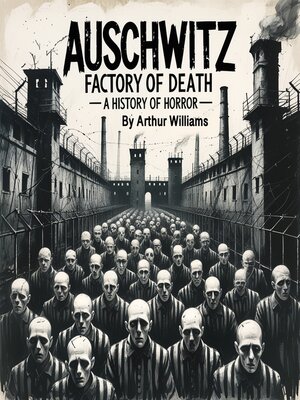
Sign up to save your library
With an OverDrive account, you can save your favorite libraries for at-a-glance information about availability. Find out more about OverDrive accounts.
Find this title in Libby, the library reading app by OverDrive.



Search for a digital library with this title
Title found at these libraries:
| Library Name | Distance |
|---|---|
| Loading... |
This audiobook is narrated by a digital voice.
The establishment of Auschwitz in 1940 began as part of the Nazi regime's expanding system of concentration camps, but it would evolve into something far more sinister and systematic than its original planners envisioned. Located in occupied Poland near the town of Oświęcim, the camp complex would eventually become the largest and most notorious extermination site of the Holocaust, representing the industrialized murder that characterized Nazi genocide against Jews, Roma, political prisoners, and other groups deemed undesirable by the regime.
The geographical selection of the Auschwitz site reflected both practical considerations and the Nazi regime's broader territorial ambitions in occupied Poland. The location offered excellent transportation links through major railway networks that could facilitate the deportation of victims from across Nazi-occupied Europe, while the existing military barracks provided infrastructure that could be adapted for concentration camp purposes. The site's position in the newly annexed territories also aligned with Nazi plans for demographic restructuring and German colonization of Eastern Europe.
The initial construction and expansion of Auschwitz I, the main camp, began in May 1940 under the supervision of SS-Oberführer Rudolf Höss, who would become the camp's first and longest-serving commandant. The early inmates were primarily Polish political prisoners, intellectuals, and resistance members, reflecting the Nazi strategy of eliminating potential opposition leadership in occupied territories. These initial prisoners were forced to construct the camp infrastructure that would later facilitate mass murder, working under brutal conditions that claimed thousands of lives even before the implementation of systematic extermination.







